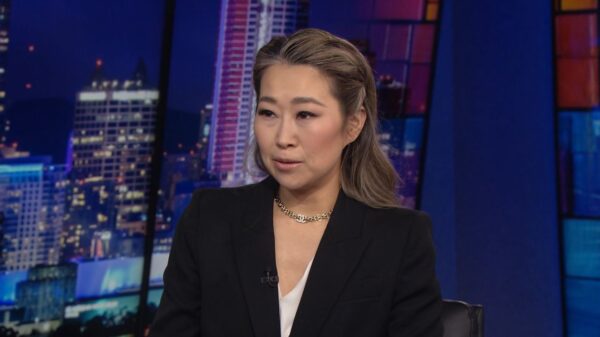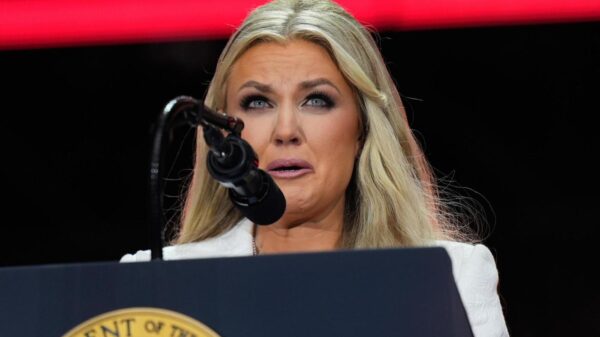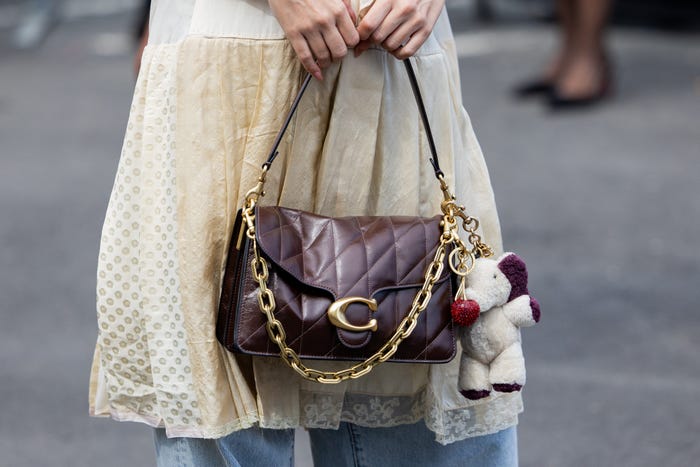URGENT UPDATE: In a striking revelation, Coach’s former CEO, Lew Frankfort, declares that producing high-quality bags in the United States is no longer viable for brands aiming for profitability. In a recent podcast with Yahoo Finance’s Opening Bid, Frankfort emphasized that to offer customers the “best possible value,” manufacturing must shift overseas.
Frankfort, who led Coach from 1985 to 2014, stated that while tariffs from the Trump administration pose challenges, the global economy remains essential for success. “If you want to give consumers the best possible value, you really need to make most of your products outside the United States,” he explained, underscoring the importance of sourcing the finest materials and expert craftsmanship.
The comments come amid a broader industry trend of shifting production back to the US to combat tariff impacts. However, Frankfort’s insight suggests that luxury brands may struggle to maintain quality and affordability domestically. Coach, established in 1941 as a leather bag shop in New York City, now primarily produces its items in Asia, with parent company Tapestry sourcing from Vietnam, Cambodia, and the Philippines.
In its latest earnings report, Tapestry announced $1.43 billion in sales for the last quarter, reflecting a 14% increase year-over-year. Tapestry’s stock has surged approximately 158% in the past year, indicating that despite rising production costs, demand for luxury goods remains strong.
While some firms, such as luxury giant LVMH, are exploring US production capacity, others like Kering, the parent company of Gucci and YSL, remain committed to their European roots. Kering’s CEO, François-Henri Pinault, previously stated that moving production out of Europe “makes no sense,” emphasizing the importance of heritage and craftsmanship.
As brands navigate the complexities of tariffs and production costs, Frankfort’s remarks highlight a significant dilemma in the luxury goods market: balancing quality and affordability. With the pressure mounting for brands to adapt, the future of US production for high-end accessories hangs uncertain.
Watch for further developments as the industry responds to these challenges and shifts in production strategy. As consumers increasingly seek value, brands will need to reassess their manufacturing choices to remain competitive in the global market.





































































